Key takeaways
- US tariffs on Europe are reshaping global supply chains and hitting European SMBs hard.
- These tariffs create higher costs, slower growth and tougher planning for EU-based businesses.
- Diversifying suppliers, tweaking pricing and exploring new markets can help offset the impact.
- Staying informed on policy updates regarding US tariffs, EU tariffs and trade policy is crucial.
- Inventory management tools like inFlow help businesses adapt and streamline operations during tariff turbulence.
No matter where you look, news about Trump’s unpredictable tariff policies is everywhere. And while burying your head in the sand might sound tempting (we’ve certainly considered it), the reality is that US trade policy is reshaping global supply chains, and its impact is impossible to ignore.
For European SMBs tied to US trade, this spells challenges for profit margins, market access, and supply chain stability. However, it’s not all bad news, and we’re not entirely at the mercy of US tariffs. With a solid strategy, EU-based small and medium businesses can stay resilient—even in the face of an uncertain trade environment.
Today, we’re diving into the hefty topic of US tariffs on the EU, discussing what they mean for small and medium-sized businesses, and providing practical strategies that’ll help you stay resilient and flexible.
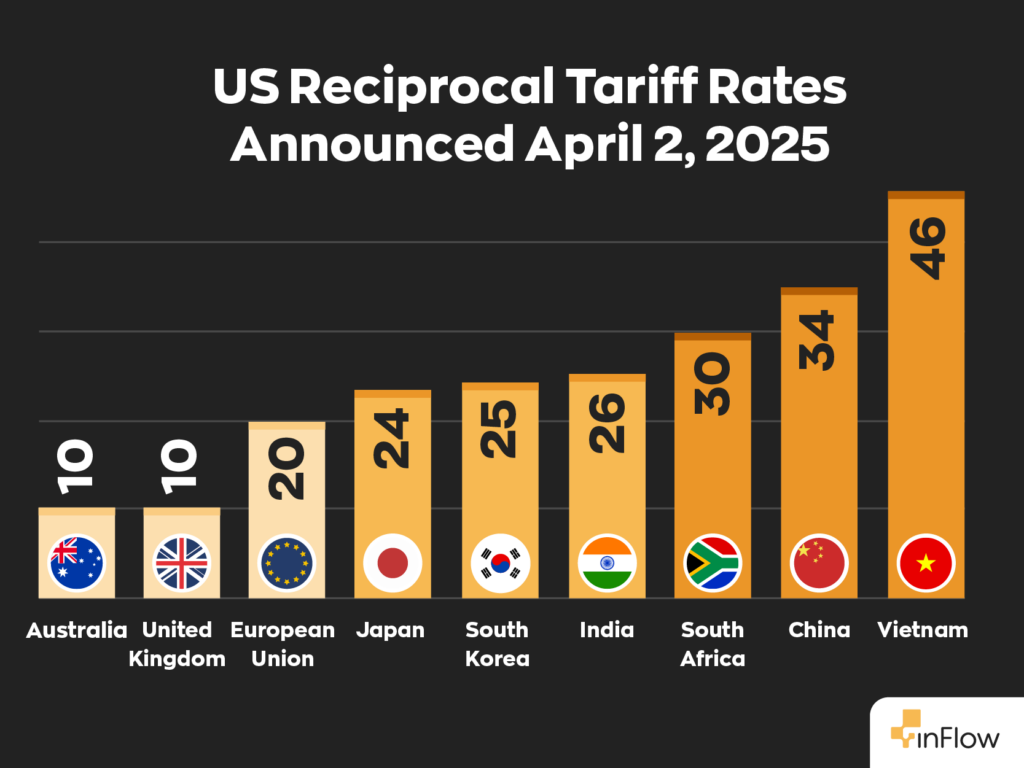
US tariffs on Europe
To understand the current tariff landscape, let’s rewind to March 12, 2025, when the United States slapped a 25% tariff on all steel and aluminium imports—marking the Trump administration’s first major move to disrupt global trade since his return to office earlier this year. Since then, it’s only got worse, with those tariffs now doubled to a hefty 50% as of May 30, 2025. And let’s not forget the 25% tariff on all automobile imports announced just two weeks after the initial steel and aluminium tariffs.
Then, on April 5, a global 10% ‘baseline’ tariff on all imports took effect. At the time of writing, the US and EU are in the midst of a tariff standoff of sorts. To make a long story short, the US first threatened to raise the 10% baseline tariff to 20% and is now considering an even bigger hike to 50% – a move the EU naturally opposes.
However, the transatlantic waters appear to have cooled slightly, with both President Trump and European Commission President Ursula von der Leyen agreeing to reinstate the 90-day pause period, which should give them a chance to reach some sort of deal by July 9 (the final deadline). In the meantime, small and medium businesses across Europe are caught in the crossfire, wondering how to operate amid tariff mayhem and the looming threat of a 50% tariff on all exports to the United States.
The impact of tariff uncertainty
No matter what unfolds in the next round of Trump Tariffs vs Global Trade (a saga we’d gladly switch off if we could), businesses and consumers are already feeling the impact. Even the hint of uncertainty is damaging: when investors get nervous, borrowing becomes more expensive, and people pull back to avoid extra risk. Leaders are forced into tough trade talks, which can strain global relationships, and higher tariffs slow down trade itself. Meanwhile, businesses are juggling stress and extra costs, rethinking suppliers and shipping routes while prices jump all over the place, making it hard to plan or budget for the future.
How will US tariffs impact EU SMBs?
While the scale of the impact largely depends on the terms negotiated in the upcoming deal, it’s safe to assume that the tariffs will have a negative impact no matter what. According to a recent report published by the European Union, the tariffs could seriously hit both the US and EU economies and stir up trouble for global economic stability.
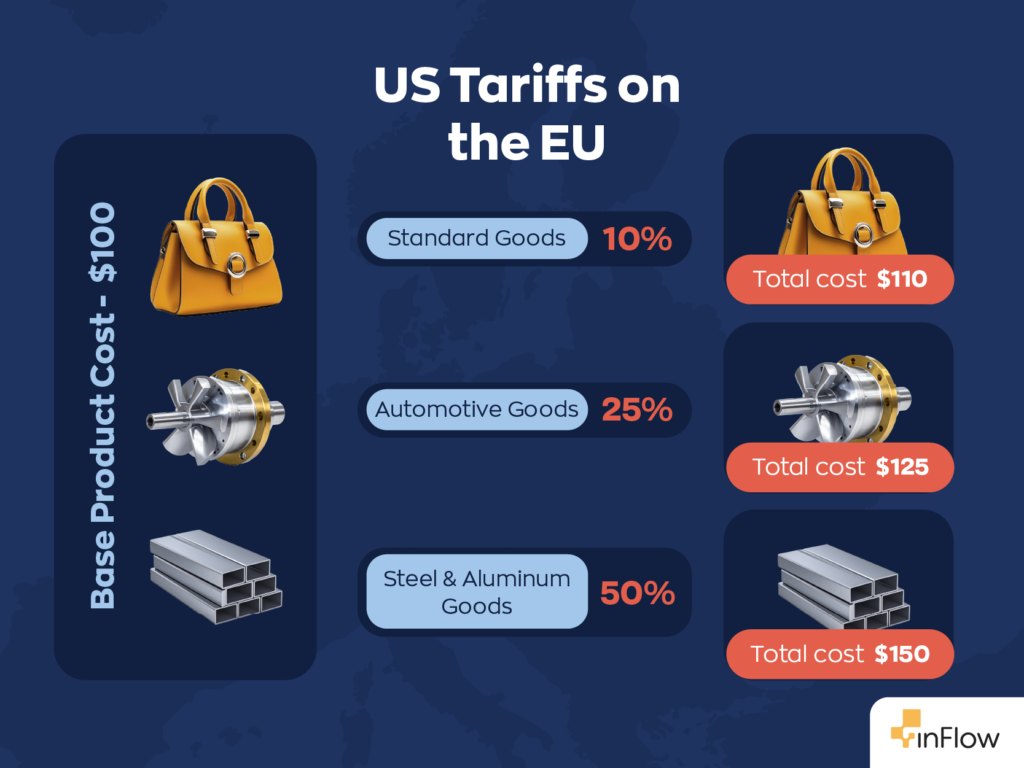
For small and medium businesses reliant on US trade, the impact could be major. Tariffs make imported goods more expensive, which unfortunately means higher costs and tighter margins. You might also notice less demand if your goods become more expensive for American buyers.
There’s also that pesky issue of uncertainty mentioned earlier. Trump’s infamous style of global trade means volatile markets and shifting trade rules are now the new norm. For small and medium European businesses, this means planning is more complicated because budgets, pricing strategies, and long-term contracts are harder to manage.
Before we stop bombarding you with bad news, there’s one more point worth mentioning: higher tariffs mean slower growth. With both the US and EU economies under pressure, funding, investment, and consumer spending could slow down. Much like the chaos caused by the COVID-19 pandemic, small and medium businesses will likely bear the brunt of it.
How can SMBs prepare for US tariffs?
Now that we’ve hashed out the bad news about the US tariffs on Europe, let’s shift our focus to what we can do about the tariff turmoil. While the global economy is out of our hands, how we run our businesses – and the strategies we choose – are firmly within our control. To help lighten your load, we’ve created a tariff preparation checklist that you can follow:
Diversify your suppliers
We’re going to use the age-old adage here and advise that you ‘Don’t put all your eggs in one basket’. Consider shopping around – especially regionally and with local suppliers- if possible. Tools like inFlow can help by letting you track multiple vendors per item. You can also compare costs, lead times and stock availability all in one place – making it easier to switch between suppliers if need be. The key is to reduce your dependence on US suppliers wherever possible.
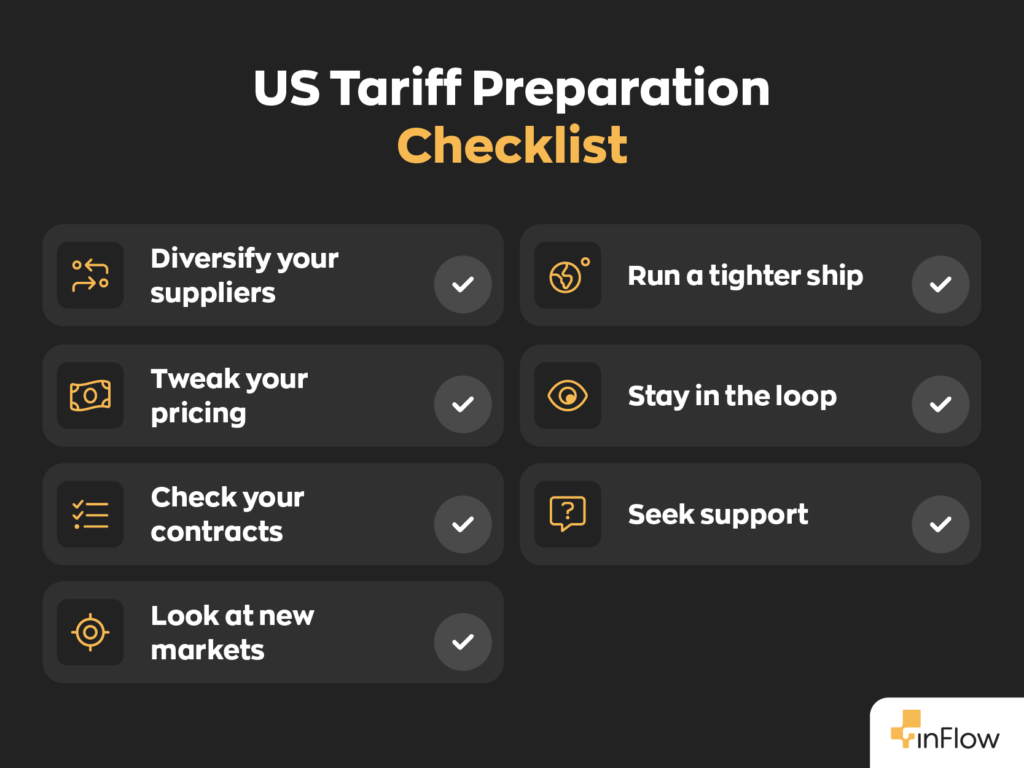
Tweak your pricing
Nobody wants to increase prices in an already competitive market. But with the US tariffs on Europe, if costs can go up, you need to make sure your pricing reflects that. Our advice? Be open with your customers about it. We’ll all be feeling the pinch, but keeping the lines of communication open will go a long way. inFlow helps you stay on top of this by tracking real-time costs and applying pricing rules across your product range. Whether it’s tiered pricing, markups, or quick adjustments, it’s all built in.
Check your contracts
It’s a good idea to have a read through the fine print of your agreements with suppliers, partners, and clients. Check for price adjustment and hardship clauses in case tariffs cause changes. You might also add buffer time for potential customs or shipping delays and aim to share extra costs or setbacks with partners rather than carrying the burden alone. While inFlow doesn’t handle contracts directly, we can give you all the data you need (like past order volumes, historical pricing, and delivery performance) to confidently negotiate smarter terms.
Look at new markets
As the saying goes, ‘There’s plenty of fish in the sea’ (though it likely wasn’t coined with tariff reshuffling in mind). Still, if you rely on the US for trade, now’s a good time to see what else is out there. inFlow supports multiple currencies, regions, and locations, and integrates platforms like Shopify and Amazon—making it easier to expand and adjust without the added stress. By shifting your focus to regions with more stable trade relations, you can help offset potential losses.
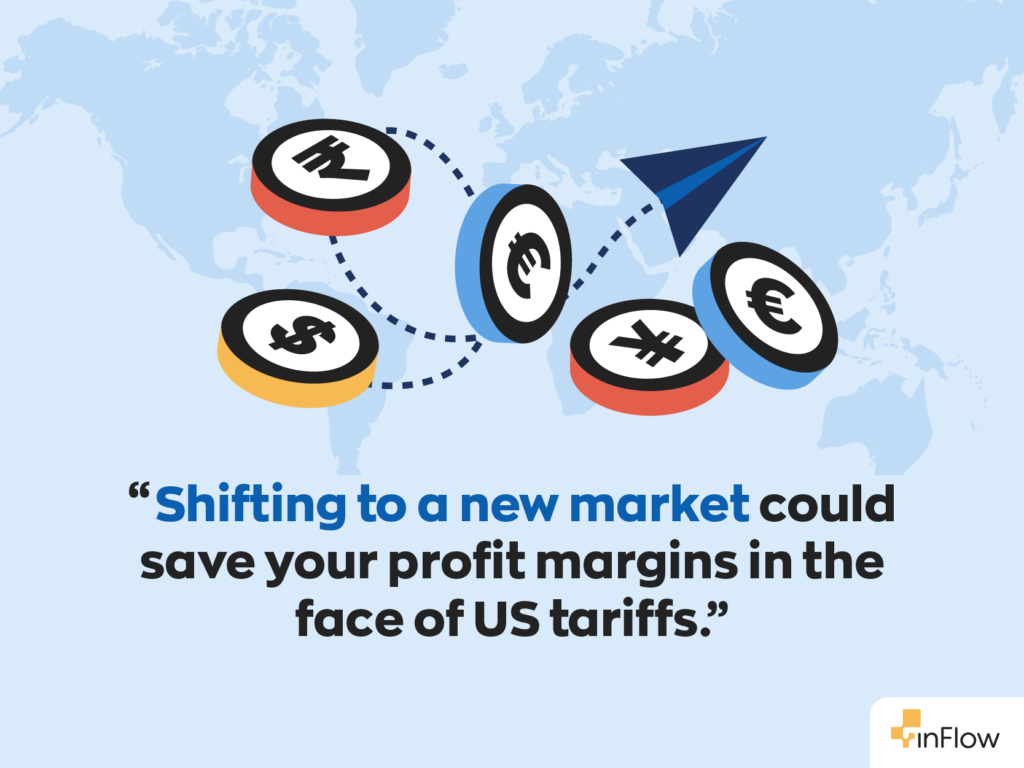
Run a tighter ship
This doesn’t mean making drastic changes – just being smart about streamlining your internal processes. The aim is to absorb extra costs without cutting into your margins. This is where inFlow really shines. From inventory tracking to order fulfilment, inFlow helps streamline absolutely everything. And with features like automated reordering notifications, mobile barcode scanning, and centralised stock control, you can cut waste, reduce human error, and keep operations lean.
Stay in the loop
While keeping up to date with the tariff saga isn’t exactly riveting, it is important. Staying informed on policy changes means you can react quickly and make smart, strategic decisions as things evolve. With inFlow, you’ve got real-time dashboards, reporting, and mobile access, so you always know what’s in stock, what’s on order, and what needs attention. It means you have clear visibility that helps you respond quickly when things shift.
Seek support
Alongside implementing an inventory management system, it’s wise to take advantage of EU grants, industry networks, and advisory services that can provide extra support and guidance. Our friendly support team is on hand to answer any questions and share practical advice from Monday to Friday. And when it comes to getting started or troubleshooting challenges, our knowledge base, community forum, and learning resources are there to back you up every step of the way.
Wrapping up
As we navigate the rocky waters of US tariffs on Europe, it’s clear that European SMBs are facing real challenges. But uncertainty doesn’t have to be a dead end. With a solid strategy, the right tools, and a proactive approach, you can stay resilient and adapt to whatever comes next. Remember: staying informed, seeking support, and making smart decisions will help you ride out the storm and even find new opportunities along the way.

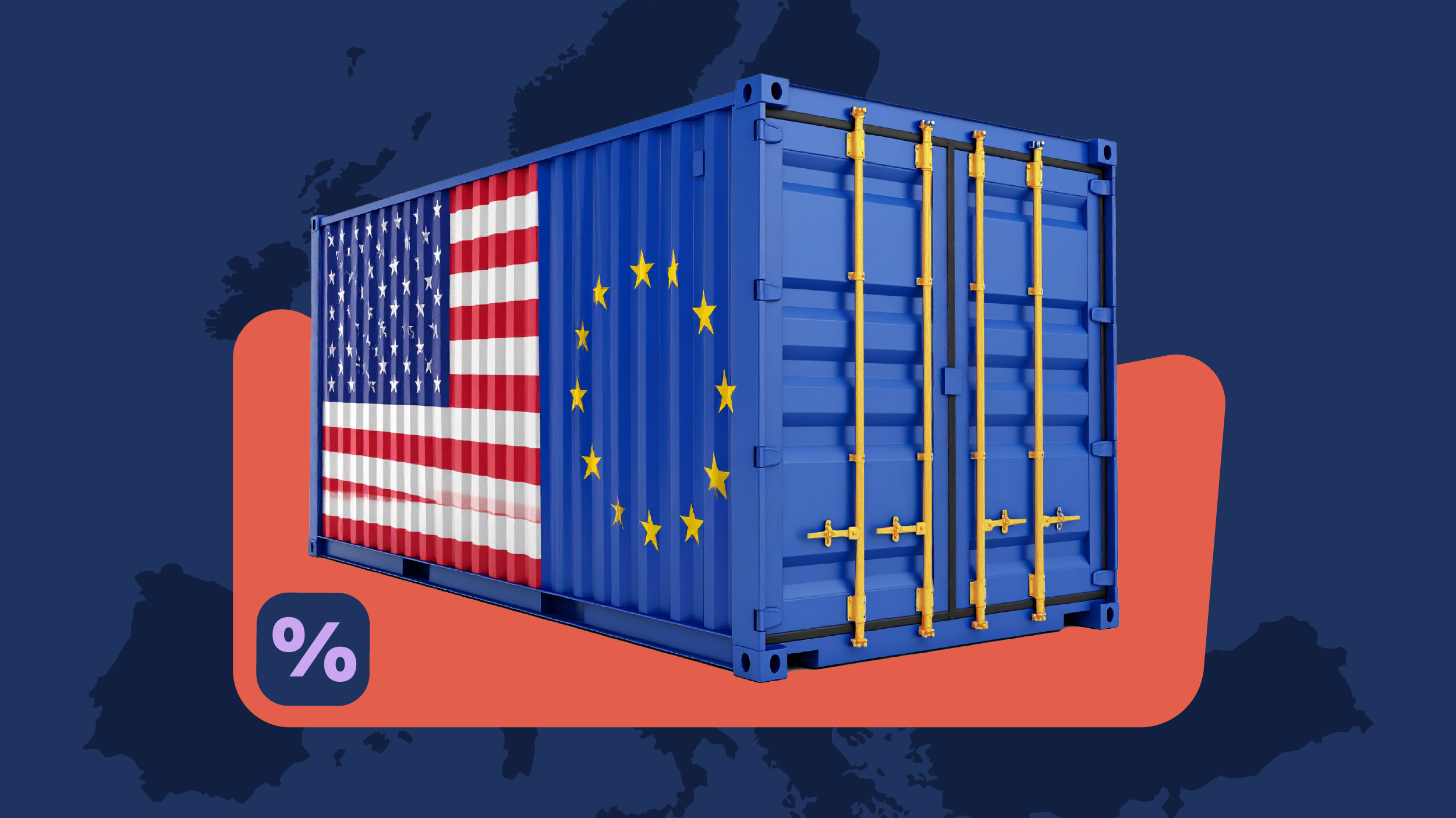
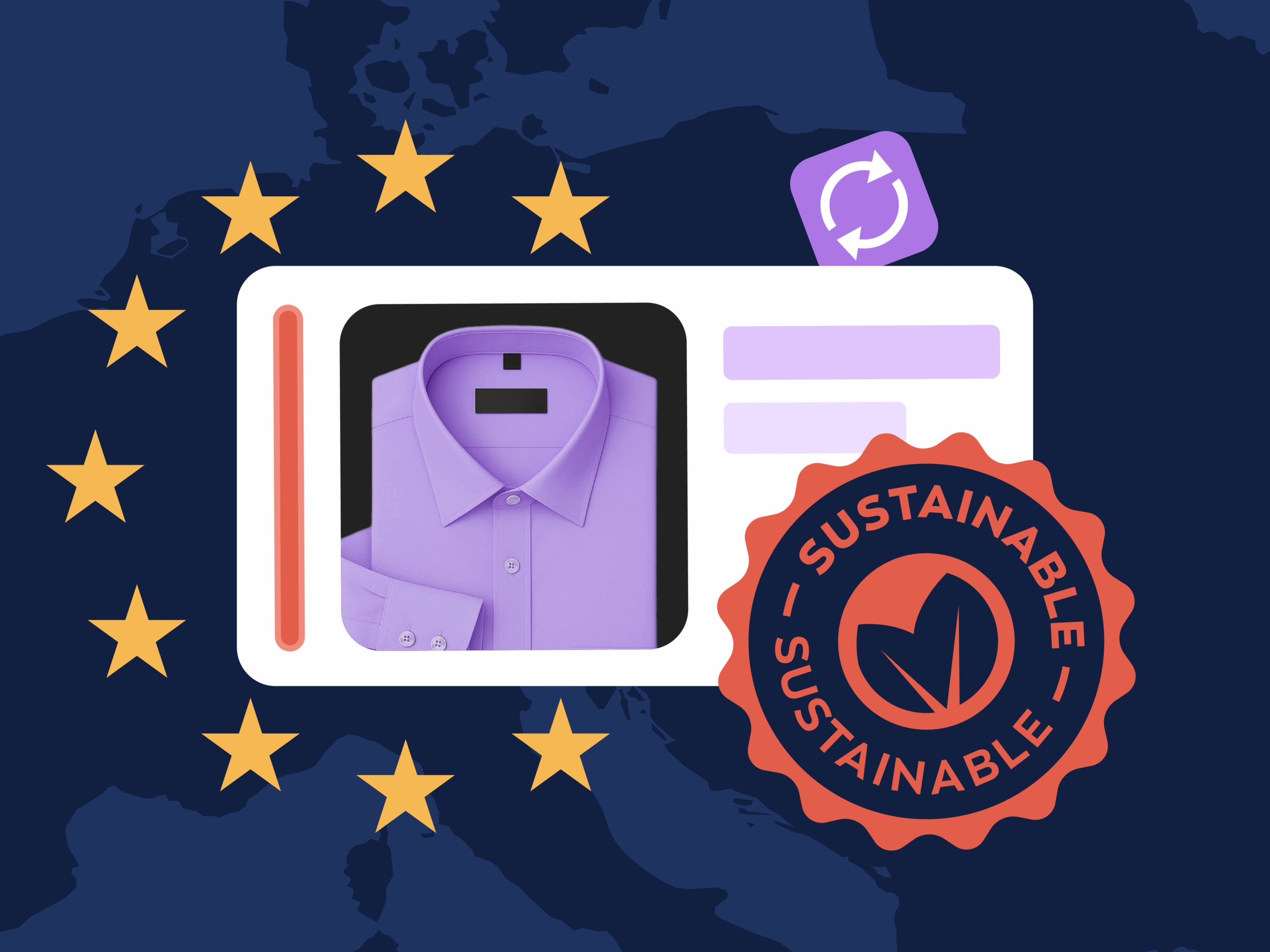


0 Comments